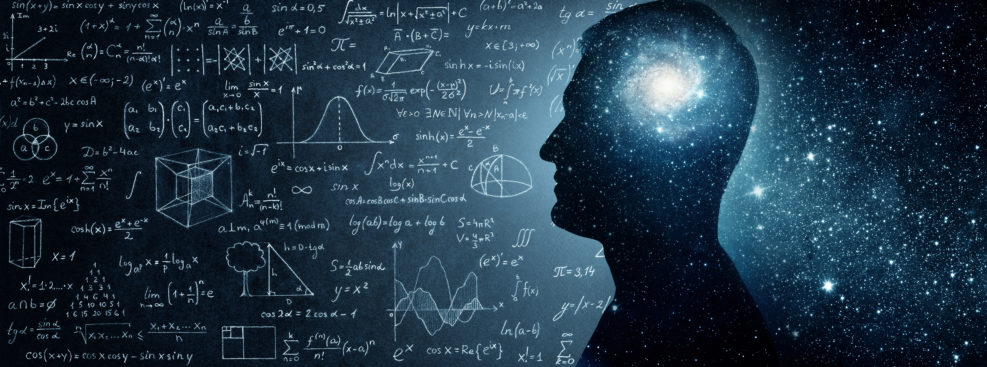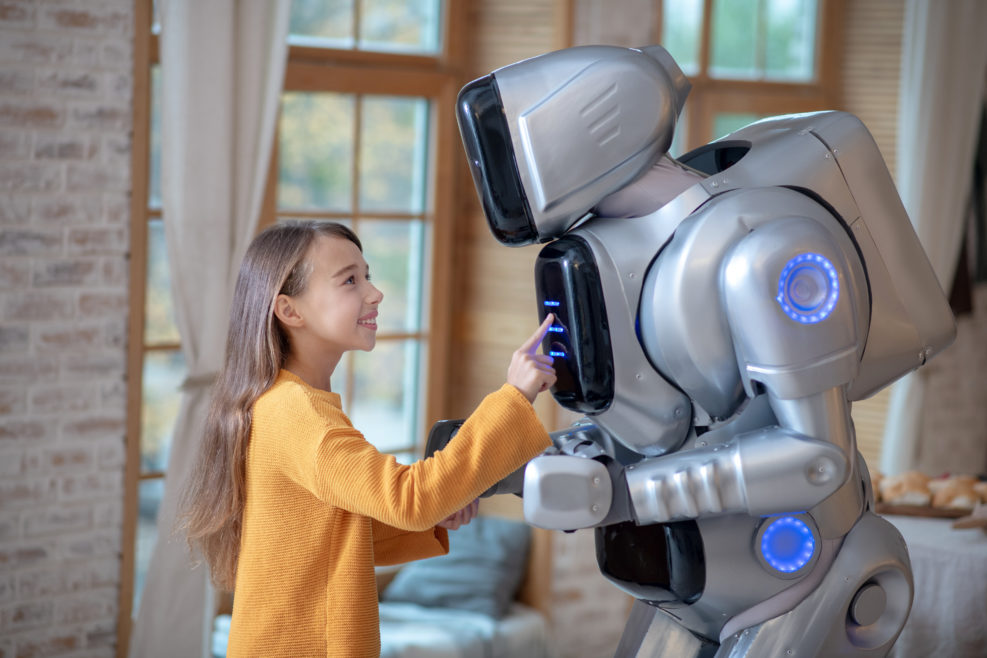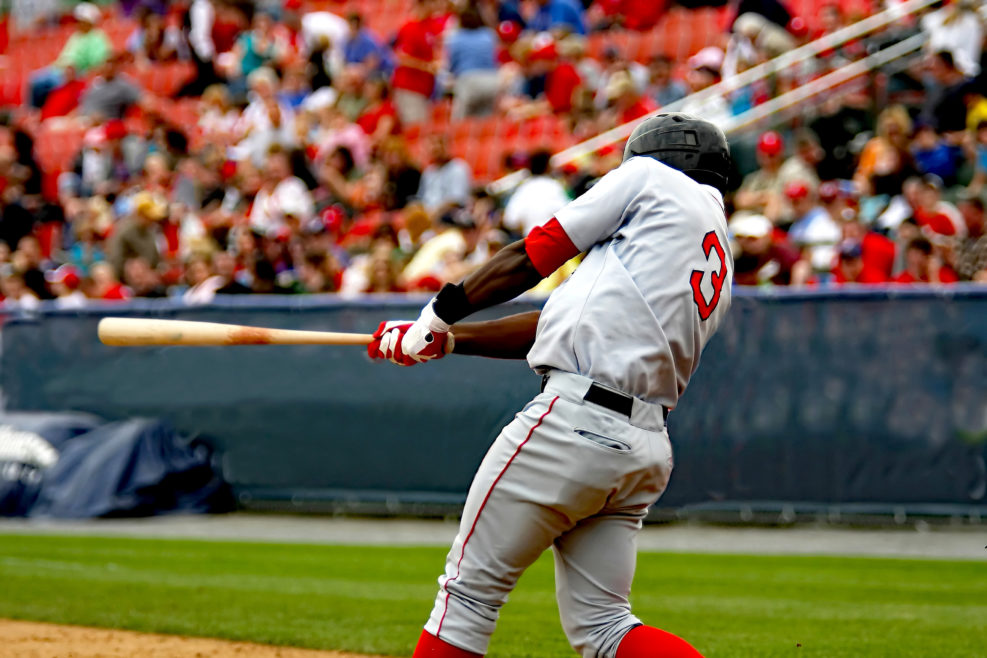
Canadians Forbidden To Murder in Space and Other ET Stories
Some astronomers are blasting out messages to aliens; others say it would take too long for them to respondAlien watch: Canadians forbidden to murder in space and other stories The Canadian government buried it in other news re the federal budget: Buried deep within the legislation implementing Canada’s 2022 federal budget is a Criminal Code amendment that would explicitly extend Canadian criminal jurisdiction to the cosmos… “A Canadian crew member who, during a space flight, commits an act or omission outside Canada that if committed in Canada would constitute an indictable offence is deemed to have committed that act or omission in Canada,” reads the measure included in Bill C-19, the 443-page document implementing the provisions of the 2022 federal budget. Basically, the amendment means that if a Canadian commits a criminal offence while in space, they’ll be Read More ›








